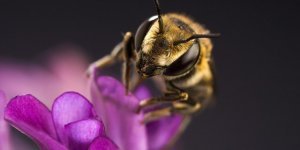| News / Science News |
Shipworms still hold some seacrets
Although they have been known to mariners for centuries — having aided in shipwrecking Columbus and sinking parts of the Spanish Armada — scientists have not been able to determine how shipworms digest wood, until now.

Sometimes known as "termites of the sea," shipworms are actually mollusks that have snake-like bodies and feed on the wood submerged in the ocean including tree trunks, logs, docks, wharfs and other marine structures.
Unlike the terrestrial insects they get their nickname from, however, shipworms weren't known to have the symbiotic microbes in their guts needed to digest lignin, the hardest part of wood.
U.S. National Science Foundation-supported researchers from the University of Massachusetts Amherst recently found the microbes hiding in an overlooked sub-organ known as the typhlosole, thought to be a mixing structure.
Finding these bacteria required precise culturing and advanced metagenomic and microscopy techniques.
The discovery of this hidden bunch of bacterial symbionts not only helps answer an age-old mystery, but also holds promise for novel biotechnologies.
The enzymes the bacteria use to break down the lignin could be used in breaking down substrates during bio-industrial processes, and other shipworm symbionts have served as anti-parasitic antibiotics.
YOU MAY ALSO LIKE





